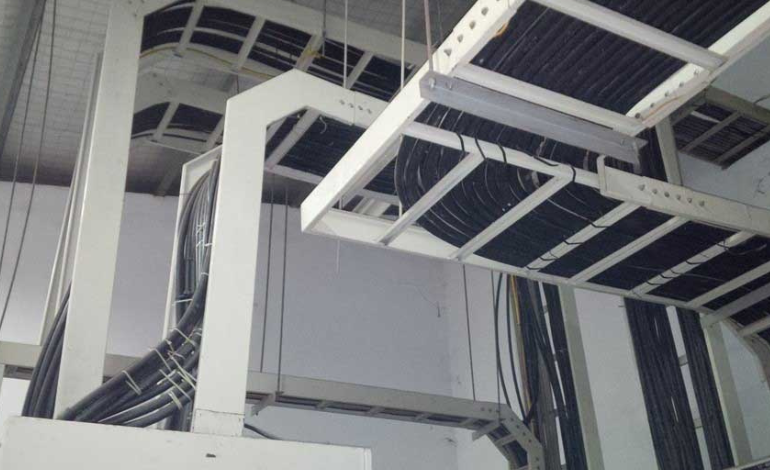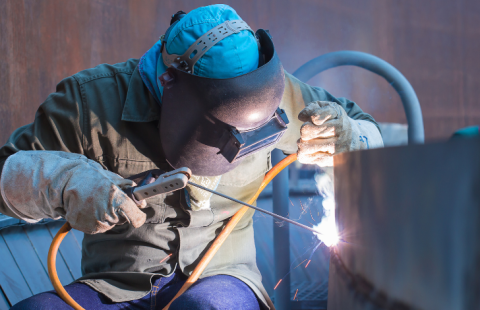Blog
- Home
- Cable Tray
- Safety Hazards Of Overloading Cable Trays

Safety Hazards Of Overloading Cable Trays
Cable trays are a fantastic alternative for installations that may need to be upgraded, reconfigured, or relocated in the future. Cable trays, when used correctly, can make it easier to mark, remove, and locate cables. It’s generally easy to spot a cable tray that has been loaded beyond safe limits. Cable trays come in a various variety of sizes. The number and size of cable trays directly depend on the number and size of conductors intended and the allowable fill area. Today cable trays offer flexibility for modification and expansion, engineers and designers should plan cable tray systems that anticipate both current and future needs.
Signs of Overloaded Cable Tray:
Identifying a cable tray, which has been loaded beyond its safety limit, is not as hard as many think. Apparently, it is a hazard waiting to happen if the tray shows signs of damage because of being overstuffed. Nevertheless, given the fact that 40 to 50 percent of capacity figure, any tray that is completely filled or that has wires and cables stacked up beyond its height is clearly overloaded. Steps should be taken to bring the tray back to a safe capacity. Often, some of the cables may have been abandoned when systems were upgraded. Removing the abandoned cables, many bring the trays back into compliance with the code.
Dangers of Overloading Cable Trays:
Overloading and mismanagement of wires in cable trays can lead to problematic issues. overweight is one issue; all cable trays and their associated supports are rated for a specific maximum weight, based on the area and the spacing of the cable tray supports in the guidelines. Overloading cable trays can lead to a failure of the tray, supports and its connecting points, causing hazards to persons underneath the cable tray and even leading to possible electric shock from component failure when the cables are suddenly no longer supported.
Additionally, cables can be damaged by improper securing and installing of cables and wires in the cable tray.Overloading occurs when the cable tray is carrying more weight than it was designed to handle. This can happen due to improper cable routing, poor planning, or changes in the system’s requirements.
Overloading cable trays can cause the trays, its connecting points, or support to fail, posing a hazard to those beneath the tray and even resulting in electric shock.
Overstuffed cable trays can result in insulation breakdown and potential shock or fire dangers due to high heat buildup in and around active conductors. The main thing to bear in mind is to make sure the bend radius of the coaxial or fiber-optic cable doesn’t exceed the limits.
Conclusion:
Cable tray failures can have serious consequences, but they can be prevented with proper planning, installation, and maintenance. Keep them free of corrosion by making sure you get cable trays made of the proper material, which will shield it from rust and other problems that could affect it. Buy different types of cable trays from Beniko Industries. The zealous cable tray manufacturers, we ensure low price and high quality of the product.


